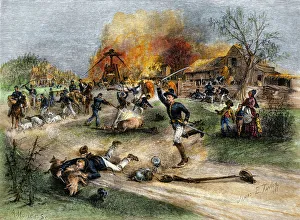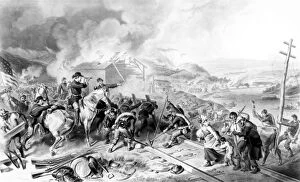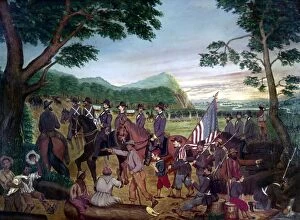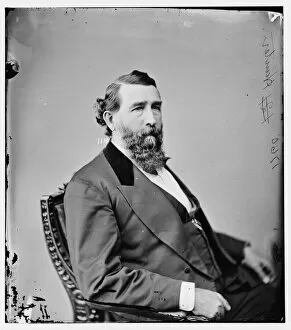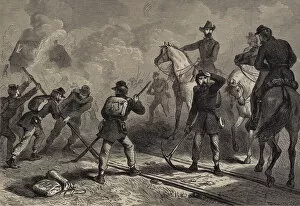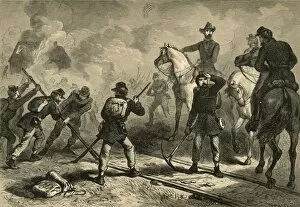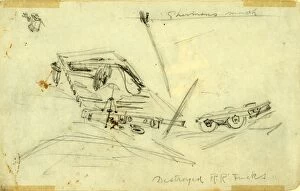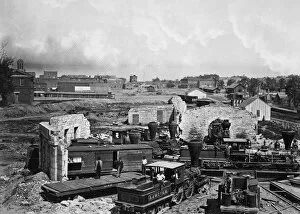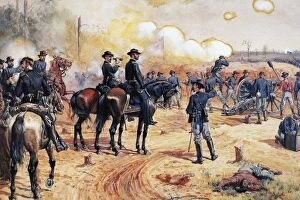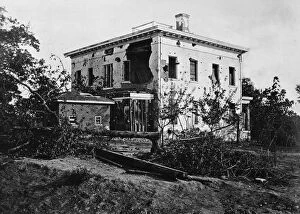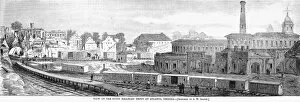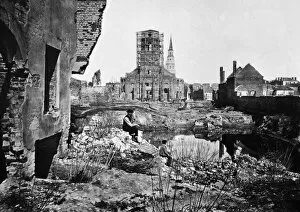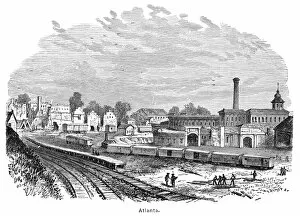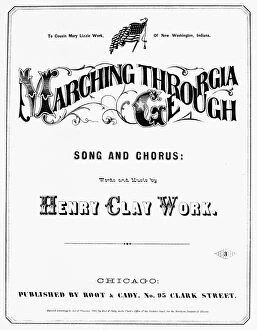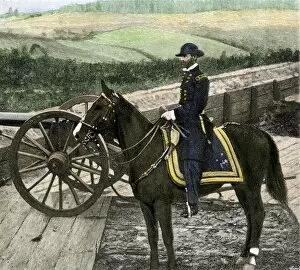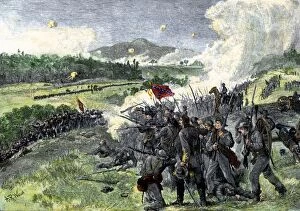Shermans March Collection
"Unleashing Destruction: Sherman's March to the Sea" During the infamous campaign known as Sherman's March to the Sea
For sale as Licensed Images
Choose your image, Select your licence and Download the media
"Unleashing Destruction: Sherman's March to the Sea" During the infamous campaign known as Sherman's March to the Sea, General William Tecumseh Sherman led his troops on a path of devastation through Georgia in 1864. This engraving from that time captures the plundering of a plantation, showcasing the ruthless tactics employed by Union forces. The oil painting by Andrew B. Carlin in 1871 further immortalizes this dark chapter in American history. It depicts the relentless march through Georgia, with smoke rising from burning towns and fields left barren in their wake. Morton Craig Hunter, an unknown creator from Indiana between 1865-1880, also captured these harrowing scenes. His drawings depict both the destruction wrought upon railroad tracks and General Sherman himself at Federal Fort No. 7 in Atlanta during autumn 1864. Sherman's March to the Sea was marked by its scorched-earth strategy, leaving no resource untouched or enemy stronghold unchallenged. The campaign aimed to cripple Confederate morale and infrastructure while demoralizing Southern civilians who supported secession. This period saw widespread looting and pillaging as Union soldiers seized supplies and valuables from plantations along their route. The engraving showcases one such instance where a plantation falls victim to this plundering spree. As depicted in Albert Bobbett's artwork from 1878, entire communities were uprooted as homes were burned down and livelihoods destroyed. The impact of this military operation reverberated long after it ended - reshaping landscapes physically and emotionally for generations to come. Sherman's March to the Sea remains a controversial topic today due to its devastating consequences for Southern civilians caught in its path. While some argue it was necessary for victory, others view it as an example of excessive brutality during war. Regardless of one's perspective on this historical event, there is no denying its lasting imprint on America's collective memory - forever etched in the annals of a nation torn apart by civil strife.

